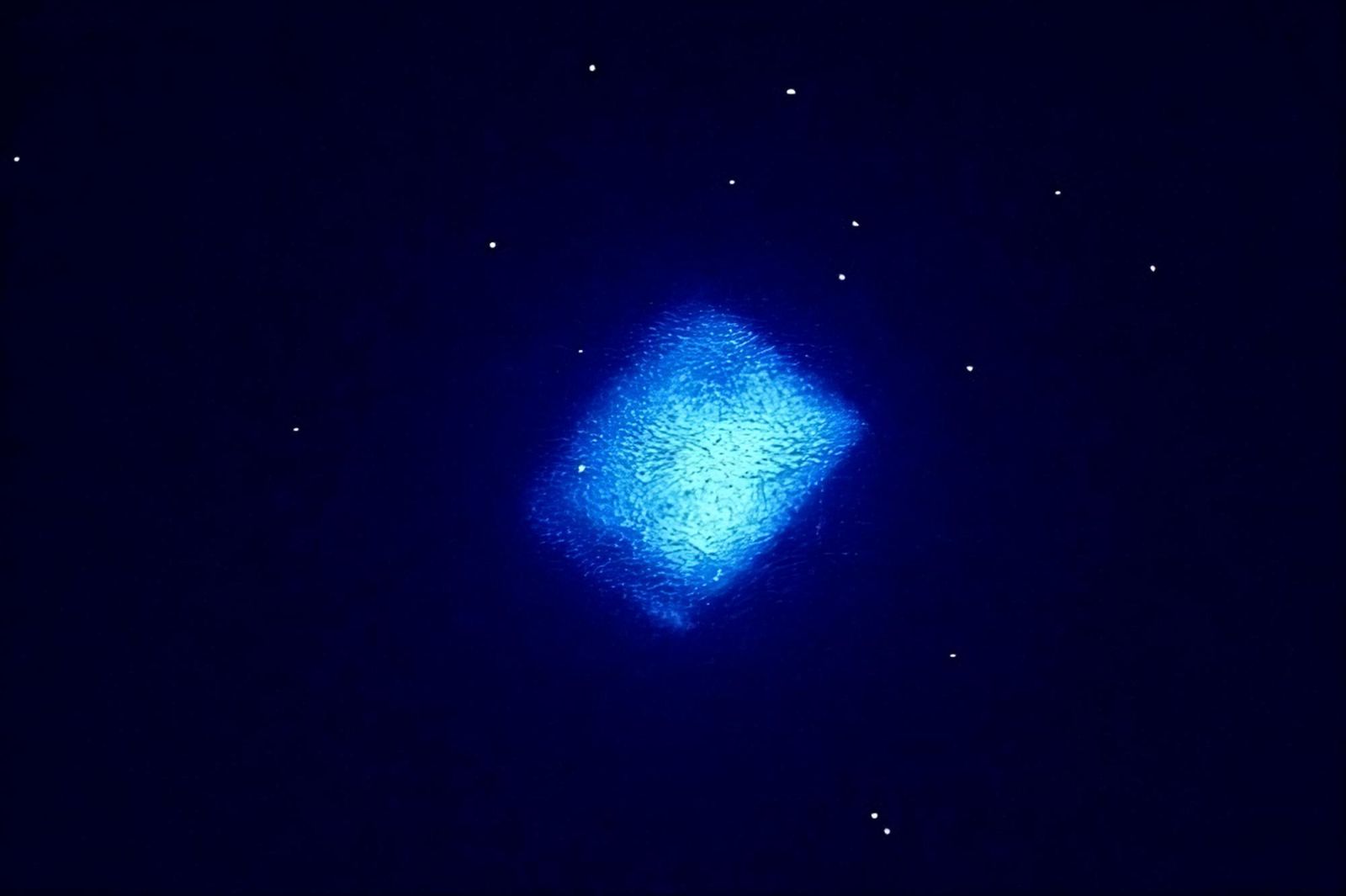This carbon-14 battery has a lifespan of several thousand years! 🔋
Published by Cédric,
Article author: Cédric DEPOND
Source: University of Bristol
Other Languages: FR, DE, ES, PT
Article author: Cédric DEPOND
Source: University of Bristol
Other Languages: FR, DE, ES, PT
Follow us on Google News (click on ☆)

Sample of a carbon-14 battery within a diamond structure.
Image University of Bristol
Researchers from the University of Bristol and the UK Atomic Energy Authority (UKAEA) have developed an innovative battery that operates using carbon-14. The latter, known for its 5,700-year half-life, enables this battery to retain a significant portion of its energy over millennia. This extraordinary longevity is made possible by the natural decay of carbon-14, captured within a diamond casing.
Diamond, one of the most resilient materials, plays a key role in the safety of this battery. It captures the radiation emitted by carbon-14 decay, thus ensuring that the high-energy electrons generated do not harm the environment. This energy source is therefore, in theory, entirely safe.
One notable feature of this battery is its potential to power devices in environments where it would be challenging to simply replace batteries. For instance, in space or in medical implants, where long-term reliability is crucial.
Biomedical implants, such as pacemakers or hearing aids, could be powered by this battery without ever needing replacement. This could decrease surgical procedures and associated risks for patients, marking a significant advancement for the medical field.
This battery would also be ideal for space missions. Currently, probes like Voyager 1 and 2 use nuclear generators to operate, but their energy capacities are depleted within a few decades. A carbon-14 battery has a significantly longer lifespan.
By reusing carbon-14 extracted from nuclear waste, this innovation provides a solution to recycle a resource while reducing the amount of global nuclear waste.
Ongoing research aims to enhance this technology, which currently provides an experimental power output of about a microwatt. The potential applications of these batteries are immense and could well redefine the way we think about long-term energy solutions.